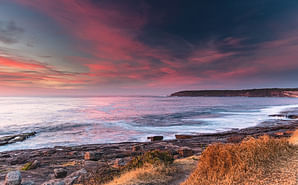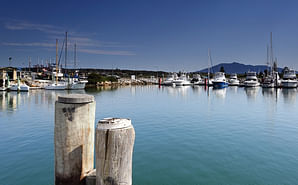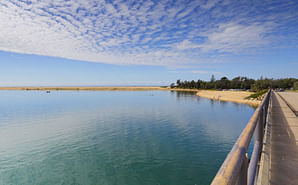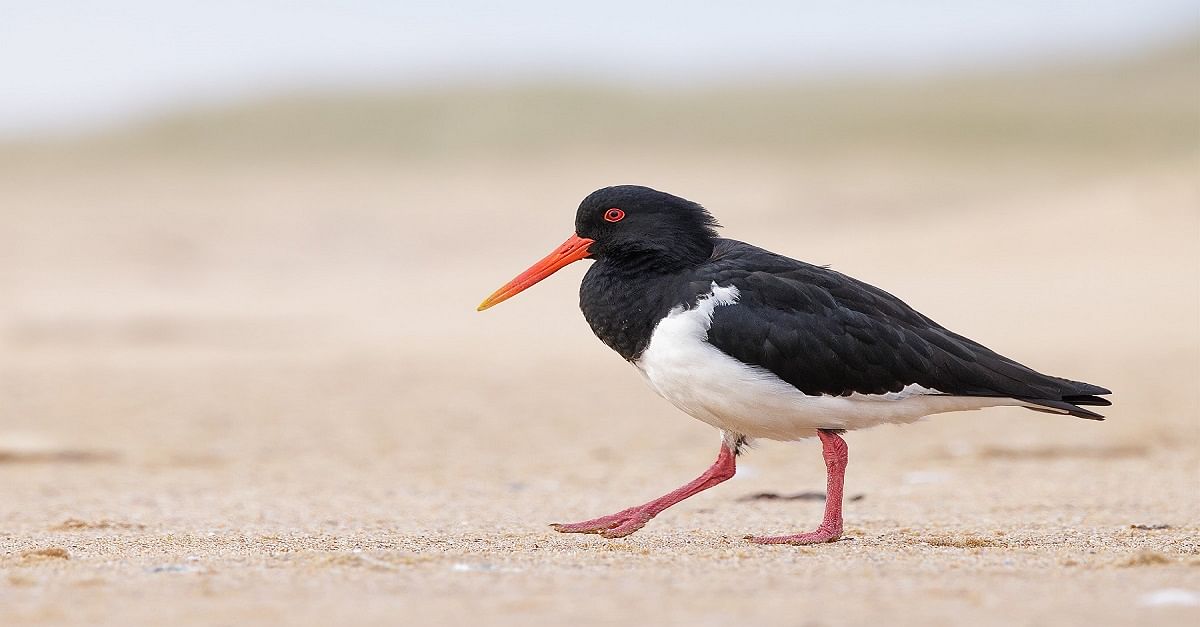Commemorating National Threatened Species Day
Today is National Threatened Species Day, commemorated to raise awareness of animals and plants at risk of extinction and recognise the anniversary of the death of the last Tasmanian tiger that died in Hobart Zoo on this day in 1936.
7 September 2022
Today is National Threatened Species Day, commemorated to raise awareness of animals and plants at risk of extinction and recognise the anniversary of the death of the last Tasmanian tiger that died in Hobart Zoo on this day in 1936.
Australia is home to more than 500,000 animal and plant species, many of which are found nowhere else in the world. In NSW there are close to 1,000 animal and plant species at risk of extinction.
The Bega Valley is home to 227 NSW-listed threatened plants and animal species.
Today, Bega Valley Shire Council turns the spotlight on some local species under threat and celebrates the work being done to save the platypus.
Shorebirds – Hooded Plovers, Pied Oystercatchers and Little Terns – are endangered and need protection from August to March when they are nesting on our beaches, estuaries, sand spits and rocky headlands.
Council works closely with the South Coast Shorebird Recovery Program, the National Parks and Wildlife Service and the NSW Government’s Saving our Species program to look after threatened shorebirds.
Some very simple actions we can take to protect shorebirds, their habitat, their eggs and their chicks include:
- Pay attention to signs at beach entrances and on beaches alerting you to the presence of threatened shorebirds.
- Pay attention to dog control zones and always leash your dog if you are near shorebirds.
- Walk on the wet sand as shorebirds make their nests in the dry sand above the high-tide line and in the dune systems.
The long-nosed Potoroo is also an endangered species, located around Tura Beach, Mimosa Rocks National Park, Bermagui and Wallaga Lake.
Over the last decade, Council has worked with National Parks and Wildlife Service and Local Land Services to map the distribution of potoroos using strategically stationed camera traps and implemented management programs to prevent further declines.
Every sighting of a potoroo will improve our understanding and management of this species. If you see a potoroo, try to get a photograph and record it on the iNaturalist app.
Things you can do to protect the potoroo include:
- Keep dogs under control at all times and keep cats indoors overnight and at dusk and dawn.
- Drive carefully at dusk and night-time.
One of Australia’s most unique and iconic species is the platypus, but their numbers are in decline and they are at risk of localised extinction.
The Australian Conservation Foundation and researchers from the University of NSW are running the platy-project during September to record and map the platypus habitat across the country.
Shire residents and visitors are being asked to head to a local creek or river to try and spot a platypus and record what they see, or don’t see.
By recording where platypuses live we can understand more about this incredible species and help prevent further declines in their numbers.
Photograph: Pied Oystercatcher at Lake Wollumboola. Credit: Leo Berzins.
Making an enquiry
All media enquiries and interview requests are coordinated by Council's Communication and Engagement team under the adopted Communications Policy. To view this policy, visit Public Policies and search 'communications'.
To submit a media enquiry or to request an interview:
- email media@begavalley.nsw.gov.au
- call 02 6499 2222
Councillors
Councillors can be contacted directly for enquiries regarding decisions of the elected Council and non-operational matters. Interviews with the Mayor should be arranged through the Communication and Engagement team contact details above.
Receiving information
If you’re a journalist or media organisation that would like to receive media releases and notifications about media opportunities, please email your name, title and contact details to media@begavalley.nsw.gov.au and we will add you to our distribution list.
You can also subscribe to Bega Valley Together and Business News, Council's fortnightly e-newsletters, or follow @begavalleyshirecouncil on Facebook and Instagram.







